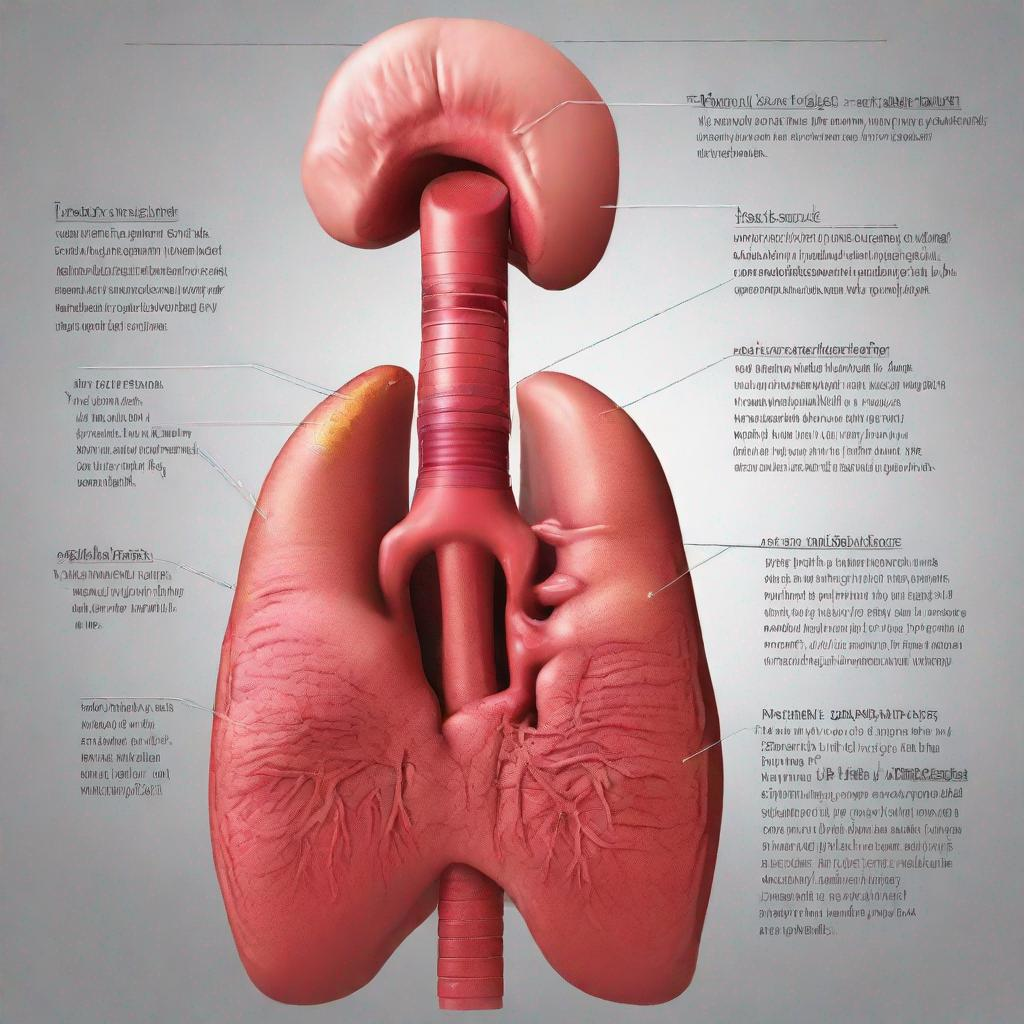Pure Tone Audiometry: A Comprehensive Guide
Introduction
Pure tone audiometry is a hearing test that measures how well you detect sounds at different pitches and volumes. It is a simple, non-invasive test that can help identify and diagnose various hearing disorders.
Procedure
During pure tone audiometry, you will be seated in a soundproof booth and wear headphones or insert earphones into your ears. The audiologist will then play a series of pure tones, one frequency at a time, at various volumes. You will be asked to raise your hand or press a button whenever you hear a tone.
Two types of pure tone audiometry are commonly used:
Air Conduction Audiometry: In this test, the tones are presented through headphones or earphones placed over your ears.
Bone Conduction Audiometry: In this test, a small vibrator is placed on your skull behind your ear. The vibrator sends vibrations through your skull bone, which are then transmitted to your inner ear.
In addition to pure tone audiometry, the audiologist may also perform other tests, such as:
Weber Test: This test helps determine if there is an imbalance between the hearing in your two ears.
Rinne Test: This test compares the sound perceived through air conduction and bone conduction.
Diagnosis
Pure tone audiometry can help identify various conditions and diseases, including:
* Hearing loss
* Deafness
* Noise-induced hearing loss
* Age-related hearing loss
* Tinnitus (ringing in the ears)
* Otitis media (middle ear infection)
* Ménière’s disease
Importance
Pure tone audiometry is a valuable tool for diagnosing hearing disorders because it:
* Detects hearing loss early on, allowing for prompt treatment and intervention.
* Helps determine the severity and type of hearing loss.
* Assists in differentiating between conductive hearing loss (caused by problems in the outer or middle ear) and sensorineural hearing loss (caused by damage to the inner ear).
* Monitors the progress of hearing loss over time.
Alternatives
If pure tone audiometry is not possible or appropriate, alternative tests may be used, such as:
* Otoacoustic emissions
* Auditory evoked potential
* Tympanometry
* Distortion product otoacoustic emission
Preparation
Before your pure tone audiometry test, it is important to:
* Inform your audiologist of any ear pain or recent ear infections.
* Avoid taking certain medications, such as aspirin or ibuprofen, which can temporarily affect your hearing.
* Be well-rested and hydrated.
Duration
A pure tone audiometry test typically takes 30-60 minutes. The results are usually available immediately.
Recommendations
If you have difficulty hearing, it is important to see an audiologist for a pure tone audiometry test. Other tests that may be recommended in conjunction with or following this test include:
* Speech audiometry
* Word recognition testing
* Vestibular testing (balance testing)
By undergoing pure tone audiometry and other appropriate tests, you can accurately assess your hearing and receive the necessary care and treatment to improve your quality of life.



